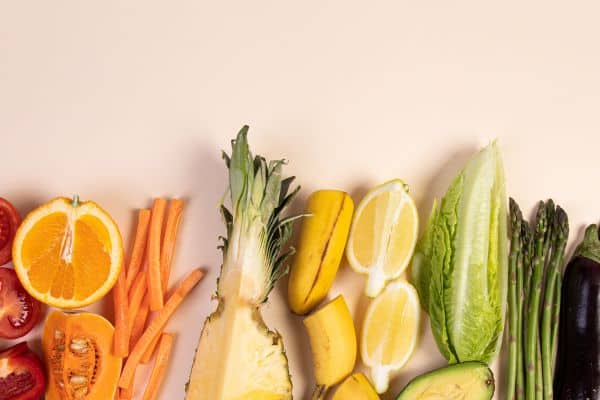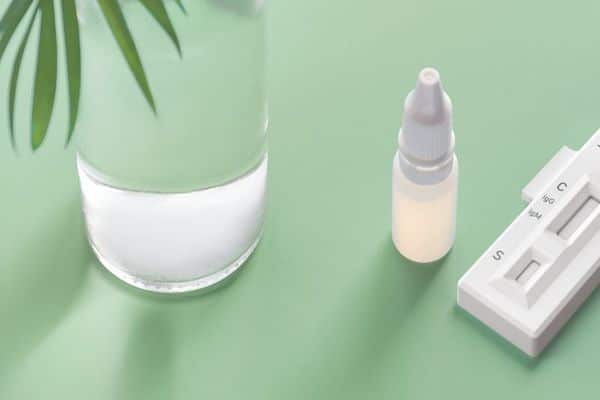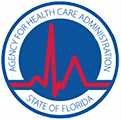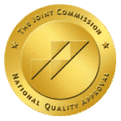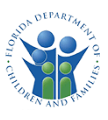Common Household Items of Abuse
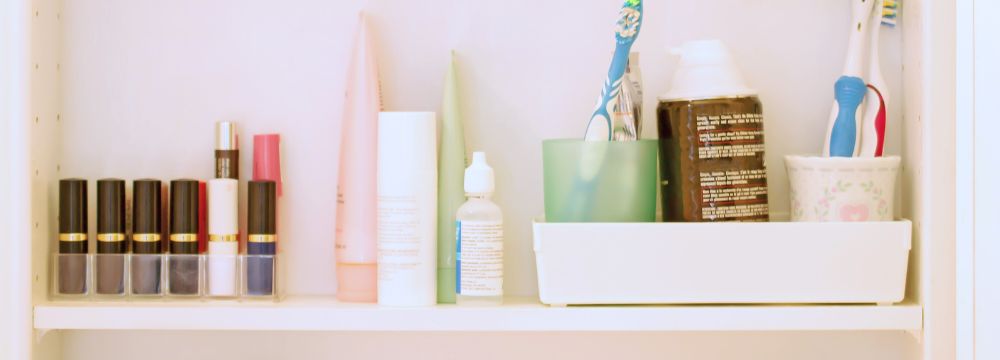
In the ever-changing field of addiction, we recognize and understand the many and varied substances of abuse. From alcohol to illicit drugs, even sexual addiction, and gambling, we have treated and continue to learn about the many facets of these substances/behaviors and the ways they are made, acquired, abused, and, ultimately, controlled. But our industry — and our society — are constantly evolving, and with those changes come the reality that people will find new ways to chase that high.
To think that addictive and dangerous substances are only pushed by “drug dealers” and the “wrong crowd” is to look at the problem myopically. The reality is that social media and the Internet have opened Pandora’s box. This new uncontrolled realm of information has brought the once arms-length threat from the streets into our homes, revealing new methods and substances around us daily.
While we often focus on the brightest headlines – the fentanyl crisis, for example – we sometimes forget the less-discussed ways someone can get high with household items which are often a gateway to further abuse. First, it is essential to talk about why humans experiment with substances or risk unknown ramifications for a momentary high. Some of this can result from the teenage battle cry of “boredom,” seeing experimentation and risky “challenges” on social media, feeling peer pressure, mimicking an influence in the household, or escapism from life.
The following are some hidden “drugs” readily available in the home. While some of these may be familiar, there are certainly some that will surprise you.
In The Medicine Cabinet: Cough Syrup, Antidiarrheal pills, Motion Sickness Pills
While raiding the medicine cabinet and looking for pill bottles is nothing new, it has become more common for an addicted individual or a child to experiment beyond prescription pills.
Motion Sickness Pills
Often referred to as “substance D” or “dime,” motion sickness medication like Dramamine, dimenhydrinate, creates a psychedelic effect when abused in high doses.
Antidiarrheals
Over-the-counter antidiarrheals often contain loperamide. Authorized by the FDA, it is classified as a peripheral opioid receptor agonist or synthetic opiate. When taken in proper doses, it addresses gastrointestinal issues, however, when larger doses are intentionally taken, it can cause opioid-like effects. The FDA warned in June 2016 about high doses of loperamide leading to serious cardiac issues and even life-threatening arrhythmia.
Cough Syrup
DXM, or dextromethorphan, the common ingredient in many cough syrups and cold remedies, is readily used and has no severe side effects when taken as indicated. When abused and taken in large amounts, however, it acts as an agent for a cheap and easy high. It can lead to hallucinations, distortions of reality, and feeling relaxed.
While DXM is in many OTC cold medications, others contain codeine and promethazine. These are stronger and available only by prescription. Abuse of these drugs is glamorized in popular music and by musicians who sing about abusing it by mixing it with soda or candy to mask the bitter taste. This is referred to as “sizzurp” or “syrup.” Because of its popularity with famous and often idolized musicians, it appeals to the younger generation.
Highs due to dextromethorphan make the user feel an out-of-body experience. This is known as a dissociative substance, much like PCP and ketamine.
In The Pantry: Nutmeg
Perhaps one of the most surprising ways someone can get high from household items is by abusing a common item on your spice rack: nutmeg. Most associated with adding a little extra kick to holiday treats, cookies, and even eggnog, nutmeg, in large quantities, can create a hallucinogenic effect. While recipes may call for a sprinkle, abuse of this substance is around two tablespoons and can create a high that lasts up to 24 hours. Some have reported that they have felt a hangover for almost two days—the high can lead to a feeling of heaviness in the extremities and hallucinations.
In the Bathroom: Mouthwash, Alcohol Tampons
This has surprised many but recently hit the headlines. It has been discussed that soaking tampons in alcohol allow the user to get “drunk discretely.” Once soaked, usually in vodka, the tampon is inserted with the goal of intoxication. Teens and young women claim to use this method of getting high for several reasons. First is the misconception that it helps them to avoid failing a breathalyzer test. They believe they can become intoxicated without registering on the test, but this is untrue as the breathalyzer measures Blood Alcohol Concentration, with no alcohol on the breath. Another reason is that the alcohol is absorbed through mucous membranes rather than the stomach, allowing the alcohol to work faster. Additional reasons are to avoid the unpleasant taste of alcohol and to bypass the necessity of drinking it and absorbing calories. While ingesting alcohol through bodily orifices other than the mouth is a dangerous trend, this has likely been sensationalized without verifiable scientific backing.
Another method of getting high from a household item in the bathroom is the abuse of mouthwash. Mouthwash contains ethanol and is abused just as alcohol is, the consumption of large quantities of mouthwash can result in the same effects as consuming alcohol.
In the Junk Drawer: Glues and Adhesives, Dusting Canisters, Hand Sanitizer
Inhalants are everyday household items that are usually first on this list for experimentation. According to the Substance Abuse and Mental Health Services Administration, around 2 to 3% of adolescents use inhalants to get high. The methods of doing so depend on how the inhalant is abused. Huffing involves putting the substance onto material like clothing or a towel and pressed to the face to inhale the fumes. Sniffing/snorting is directly taking the fumes from the container. Bagging involves emptying a substance into a bag and then breathing the fumes. The feeling of numbness and the sensation through the body is the sudden absorption into the brain and the subsequent damage to nerve fibers. Side effects range from drowsiness and slurred speech to permanent speaking problems, vision issues, muscle spasms and tremors, and sometimes coma and death.
In the Fridge: Whipped Cream Canisters
One of the most popular ways to get high from an inhalant is found in your refrigerator. Whipped cream containers are a common way for those experimenting with household highs to reach a state of numbness, weakness, loss of balance, dizziness, and impaired memory. Whippets describe the inhalation and release of nitrous oxide (NO2), the gas inside the aerosol canister.
In the Garden? – Seed Packets
Along with the nutmeg abuse, this might seem shocking and is another trend that has emerged on social media and has gone viral. Kids abuse seed packets bought from the garden store—particularly morning glory seeds, which create a euphoric hallucinatory effect. Morning glory seeds contain a milder version of LSD called LSA, and when ingested in large quantities cause hallucinations. These can be taken orally or steeped to make tea.
Undoubtedly, some of these are pretty surprising. While some users can leave a visible trace for parents like nutmeg spilled or empty canisters found, things like tampons soaked in alcohol usually never leave a trail. So how do we detect that these items are being abused, and how can we tell if our child is getting high at home?
What Can We Do?
First, knowing that these everyday items can lead to abuse is a good start. Be aware of where you store adhesives, canisters, and alcohol-based products. And while we do now send hand sanitizer with our kids attached to their backpacks, be aware of how much is being used if containers are being emptied quickly, and try to be more aware of the “small signs.”
The second important thing we can do is to refrain from observing quietly. Once we understand and see the signs, it’s essential to act. Many parents are uncomfortable with this kind of open dialogue, but parents must get involved in this age of misinformation and deadly challenges. Our children are inundated with images, videos, how-tos, and step-by-step instructions on obtaining and abusing countless products. Only by speaking up and talking to your children about what’s out there can you start a dialogue about being aware of the temptations and how to avoid them. Sometimes children experiment because they don’t know the ramifications; they only see a catchy video or an online challenge and are encouraged by their peers. But if you have a dialogue early enough, they may start to understand more and recognize that you are a safe space when the pressure mounts.
An excellent way to start is to pull your child aside, no matter their age, and tell them you know all the temptations and trends in getting high. If you are struggling with the words or believe your child is getting high at home, reach out for help through a pediatrician or substance abuse program. At The Sylvia Brafman Mental Health Center, we can help you understand and approach the situation.
It is also essential to be aware of their methods of communication, especially devices, and technology, including cell phones, iPads, and even gaming. Adolescents and young adults are ever-connected and exposed to more than ever. As much as we don’t like to discuss it, this means that sexual images, violence, and substance and drug abuse images and availability are ever-present. Software like Snapchat that erases messages/videos is commonly used to hide these conversations. Online gaming platforms where gamers connect within that software are also popular avenues of sharing information not observable by parents. Monitoring software and boundaries and structure within the household is critical in understanding the situation. This also takes tough parenting, and it isn’t always easy. We hear so much in therapy about parents not wanting to be the bad guy, wanting to befriend their children, and wanting to be the cool parent. Still, ultimately these things don’t end in friendship — they end in loss and a child unable to process the temptations before them – not just in their adolescence but in adulthood.
Although there are all kinds of apps and programs, and tons of software to spy and detect odd behavior, we stress that the number one detector is a parent’s intuition. No one knows your child better than you do, and no one knows when something is off. This is a time to have uncomfortable conversations and to be aware of your surroundings. If something is missing, you find empty containers of hand sanitizer, or you see a kid interested in your spice rack when they never were before, these are early opportunities that should be seized upon. It’s important to remember that these behaviors are usually stepping stones for greater highs and more risk. The conversation must start somewhere; waiting out the “difficult” years can be irreversible and dangerous.
Lastly, if you believe your child, or someone you know, is abusing substances, household or not, there’s always help. Early detection and treatment can often address the underlying issues that lead someone to want to get high. Getting help can often be tricky; parents sometimes don’t want to accept or believe that some problems stem from the home. Those abusing substances will do just about anything to go undetected. It takes much courage to be open and reach out for help.

